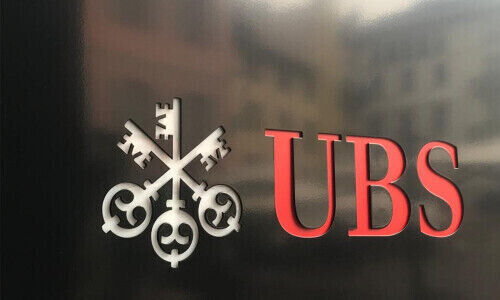The dust has settled since Switzerland's largest bank announced it would completely integrate all of Credit Suisse. The third quarter is likely to slip by far more quietly even though it still faces stiff challenges.
The usual UBS earnings figures are expected to be in the spotlight on November 7. Revenues, inflows of new money, costs, and net profit will be the metrics by which many measure how the integration with Credit Suisse is going.
The number of significant extraordinary items booked in the first half has also led many to assume that much has since been cleared out of the way. All in all, it was likely the usual kitchen sinking exercise to set a clean slate before really getting down to work.
September Money Flows
What is almost certain to be a matter of sharper focus are the inflows of net new money in September. The figures are not expected to be that surprising given that UBS previously communicated the trends it was seeing in the first two months of the quarter at the end of August. At the time, it had recorded about $8 billion in inflows in the new, combined Global Wealth Management (GWM) business.
Iqbal Khan, as the head of the business, has a clear recipe for growth. In meeting employees working in various regions around the world, he reduced everything to three words: NNM, or Net New Money.
Net Profit
According to Jefferies analyst Flora Bocahut, the bank needs to report a positive attributable net profit result together with declining risk-weighted asset (RWA) levels in order to achieve its targeted return on common equity Tier 1 levels. In the second quarter, RWAs fell by about $9 billion.
Michael Klien is also focusing on attributable net profit, saying it will be an important figure. UBS is expected to break even in the quarter while seeing a return to profitability in the second half. According to him, the analyst consensus is currently too low.
Cutting Risk
UBS can curry favor if it manages to cut risk-weighted assets quickly. The focus here will be on non-core and legacy businesses, mainly in Credit Suisse, headed by Beatriz Martin Jimenez. By 2026, the level of capital consumption in that business is expected to fall significantly.
The investment bank is not expected to have a stellar quarter, particularly given the performance seen at the major US institutions. The Swiss business, however, could turn out to be a bright spot.
Many will pay intense attention to costs. The numbers in the second half didn't much impress investors. It is expected that job cuts and integration costs, particularly at Credit Suisse's investment bank, will have an impact.
Getting to Work
That should also be reflected in headcount numbers globally. At the end of August, they were down by about 8,000, a number that includes both voluntary and involuntary departures.
UBS is in the middle of an arduous integration process and job cuts, costs and further risk mitigation measures are likely to remain overarching themes in the next few quarters.
Divisional Bloat
The integration of Credit Suisse resulted in its business performance disclosures being consolidated and simplified, making it extremely difficult to make comparisons with previous quarters and years. However, starting in the third quarter they are expected to be included in the UBS divisional numbers (GWM, Personal & Corporate Banking (the Swiss business), Asset Management, and Investment Bank. Credit Suisse's so-called bad bank will be reported in the abovementioned non-core and legacy business.
It is questionable right now whether the quarterly numbers will help lift the bank's share price. They have risen as high as 23.80 francs recently and currently, trade in the region of 21.70 francs.



































